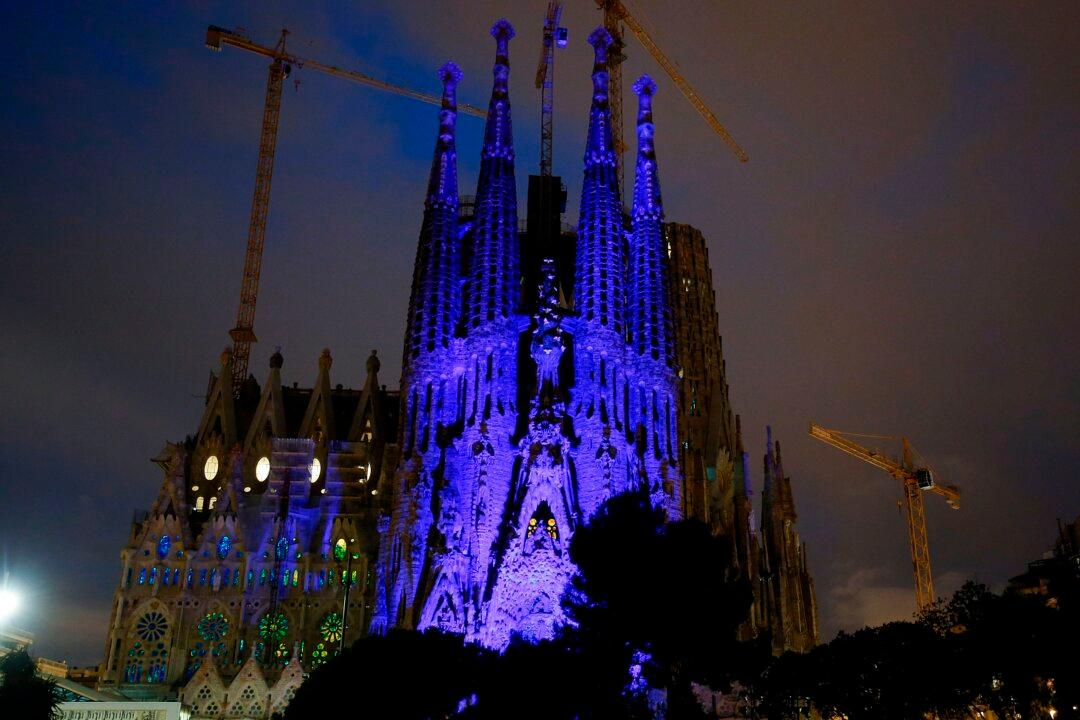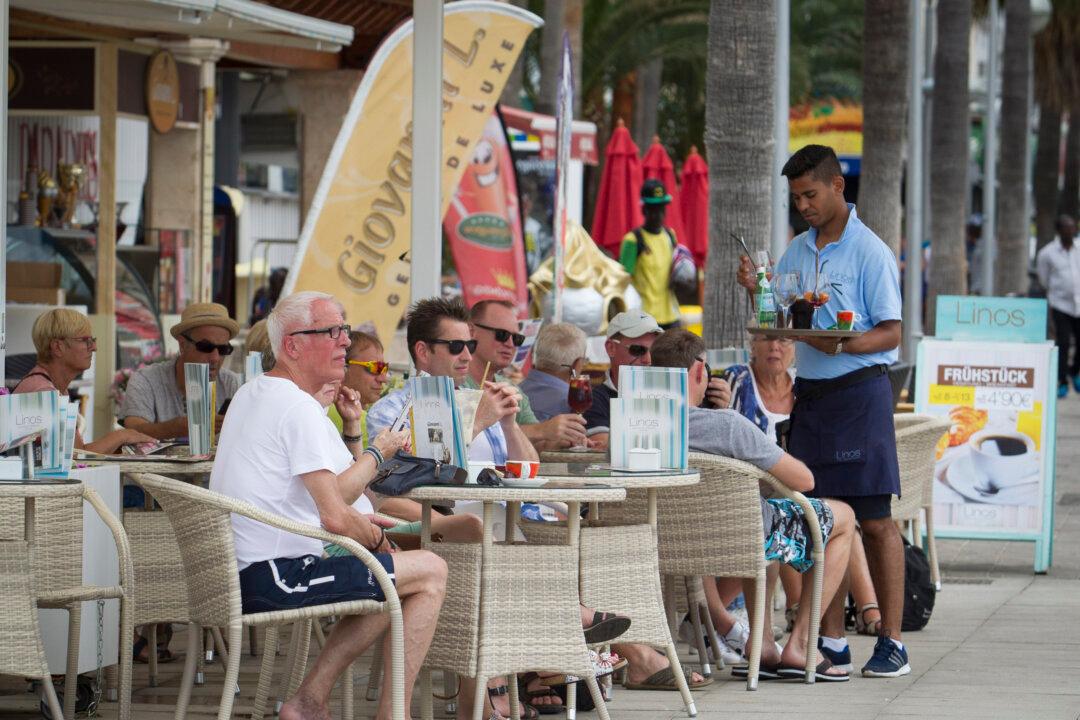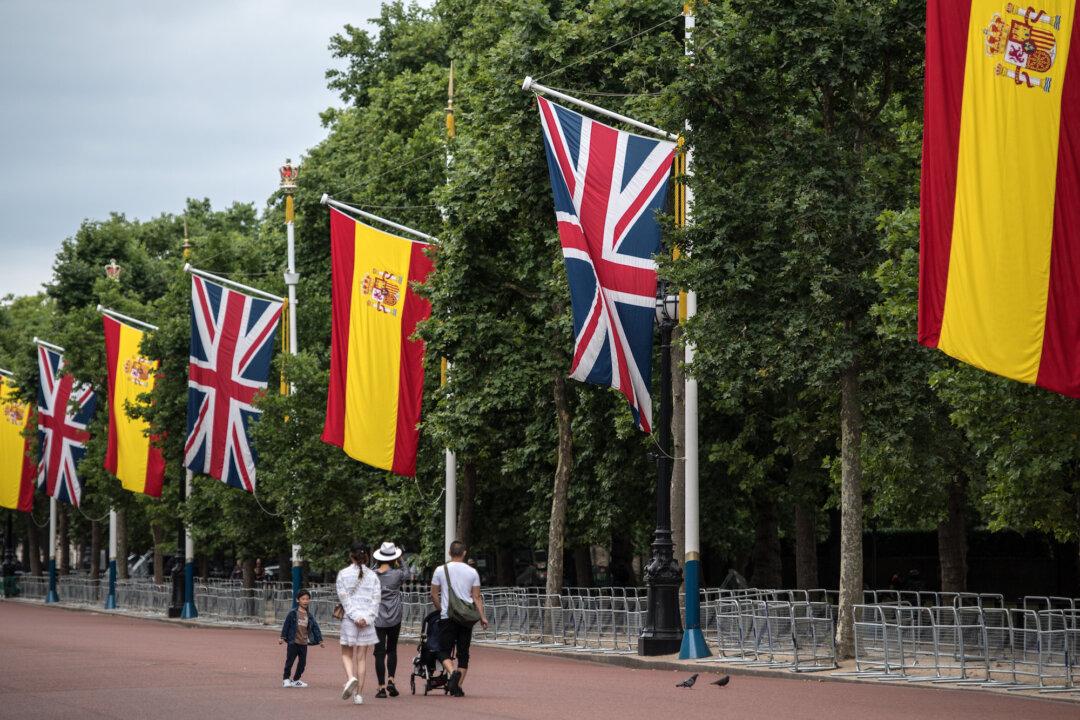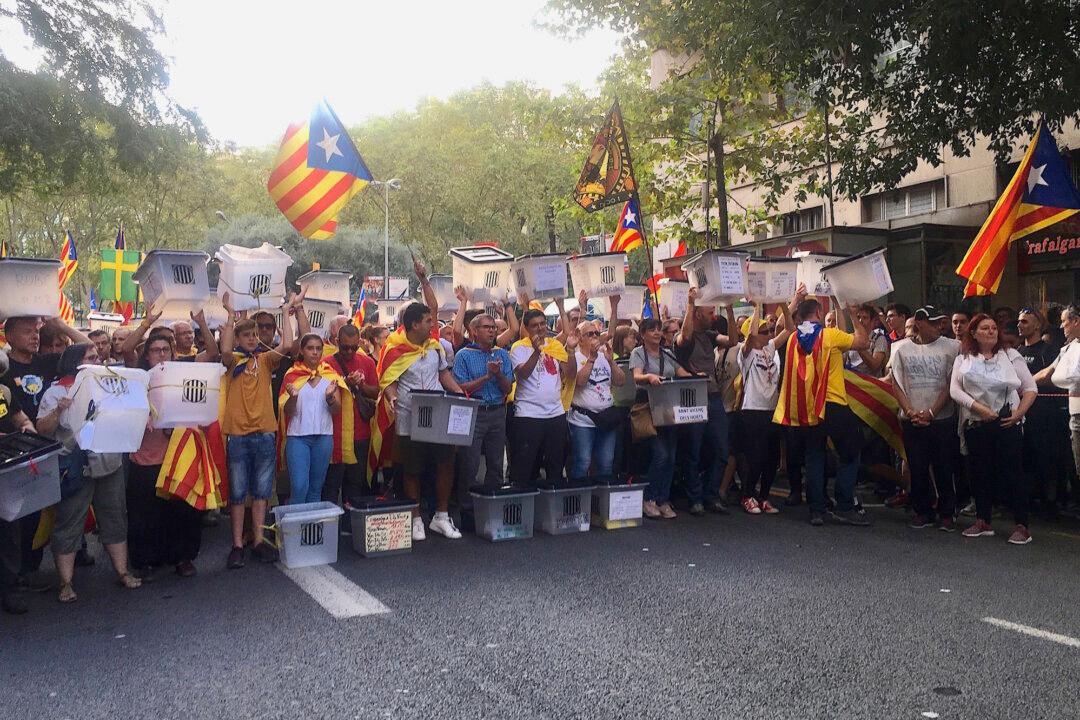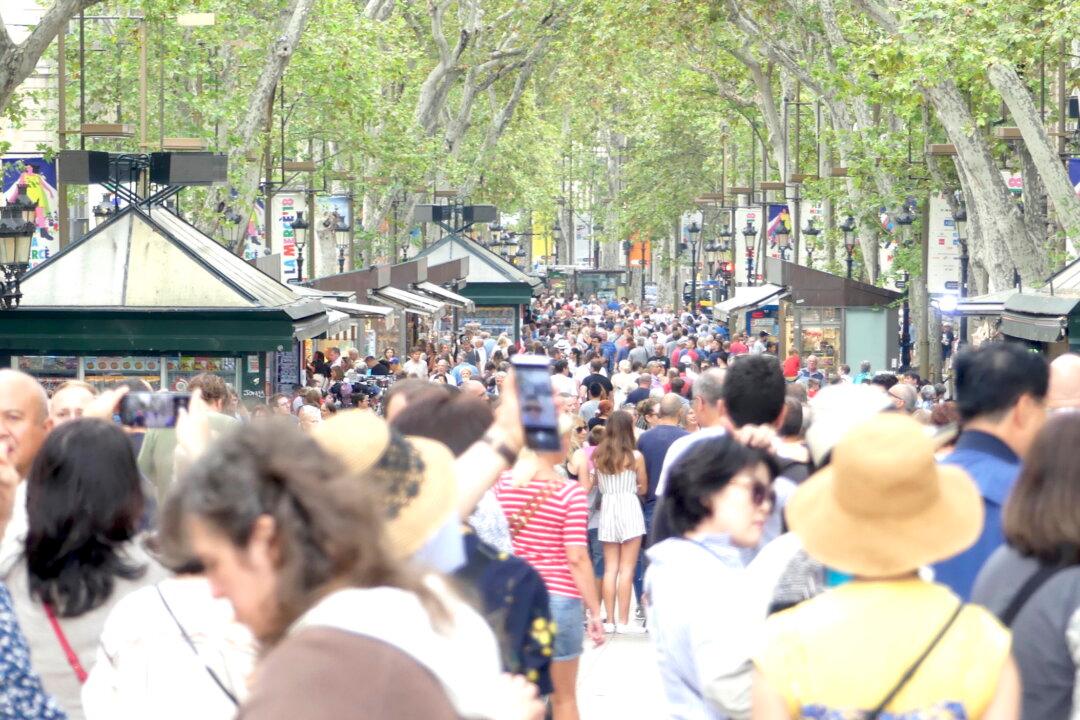BARCELONA, Spain—Amor García has a jewelry store close to the Basilica of the Sagrada Familia in Barcelona. She’s lived in this tourist district for more than 30 years and has always seen the famous Catholic church under construction, as have all of Barcelona’s residents.
Now she is glad the construction of “this impressive building is coming to an end.”
